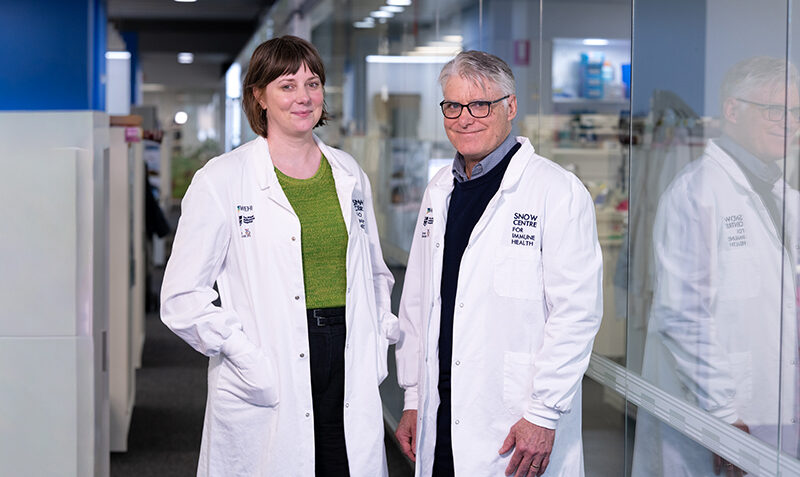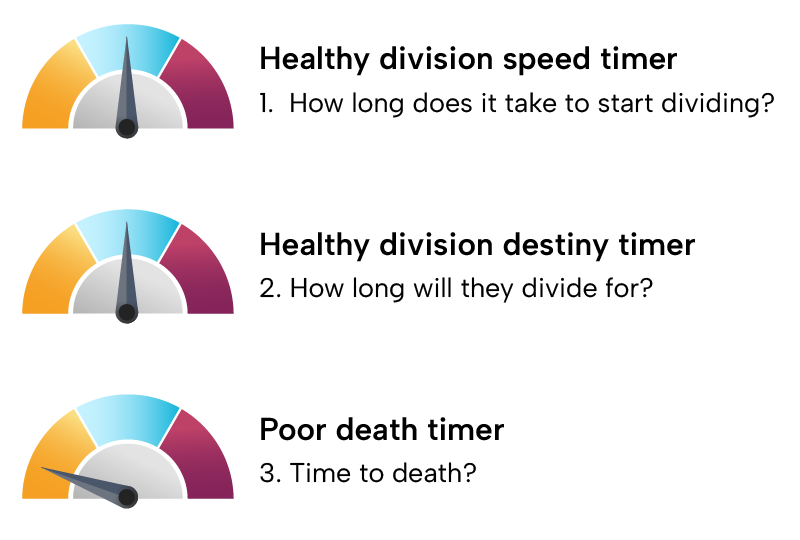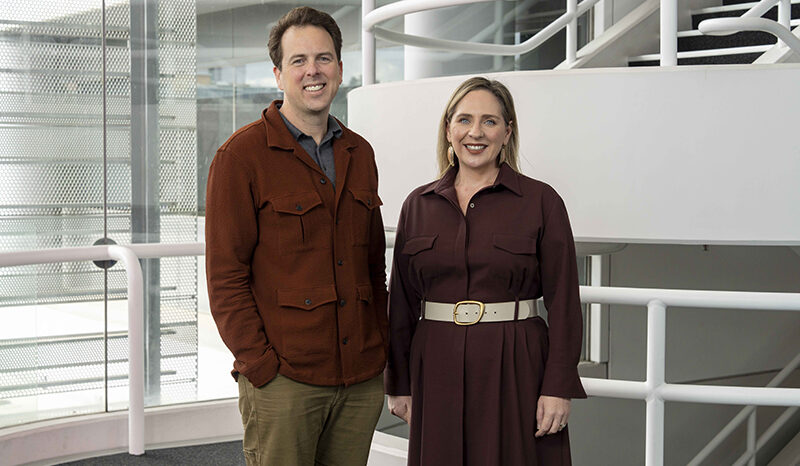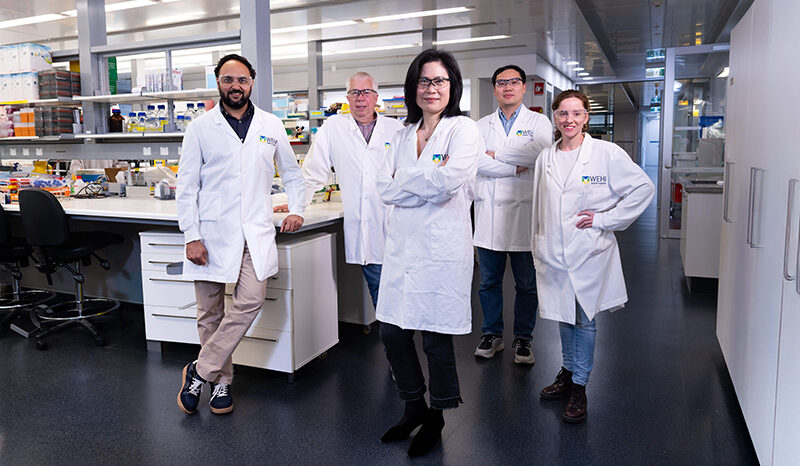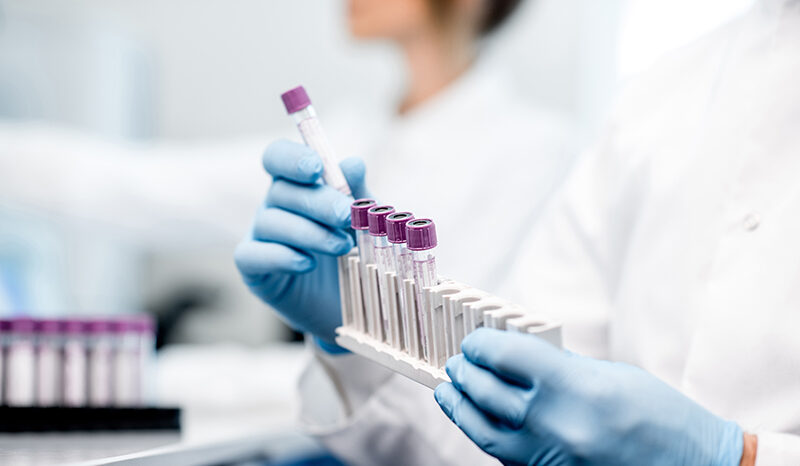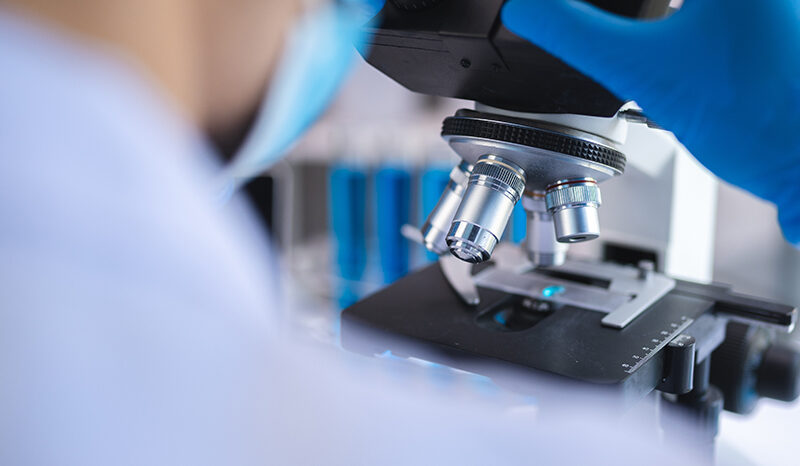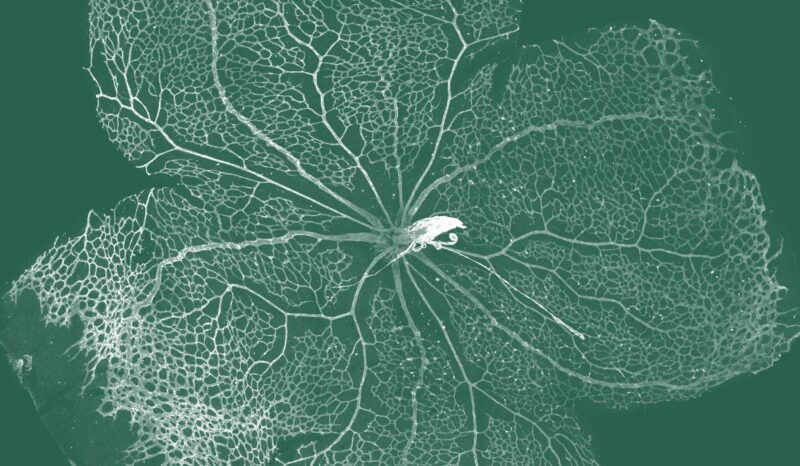The new collaboration is the first international partnership established by the Snow Centre and builds on more than a decade of joint research publications by Professors Duffy and Hodgkin.
Together, they have united science and mathematics to explore how immune B and T cells are modified as they divide and multiply – work that has helped reshape how immune behaviour is studied.
Prof Duffy, Professor of Mathematics and Professor of Electrical and Computer Engineering at Northeastern University, brings mathematical knowledge and skill to help scale up the Snow Centre’s ‘Cyton2’ cell timer model. This model reveals how individual immune cells make critical decisions, offering new insights into the immune system’s inner workings.
Prof Hodgkin, Scientific Program Lead at the Snow Centre, said, “This collaboration represents an exciting step toward transforming how we understand, diagnose, and ultimately prevent immune disease.”
He said it is rare to work with someone with such depth of mathematical expertise who can help solve biological problems.
“Prof Duffy’s contributions to my team’s work are an integral piece of the puzzle.”




